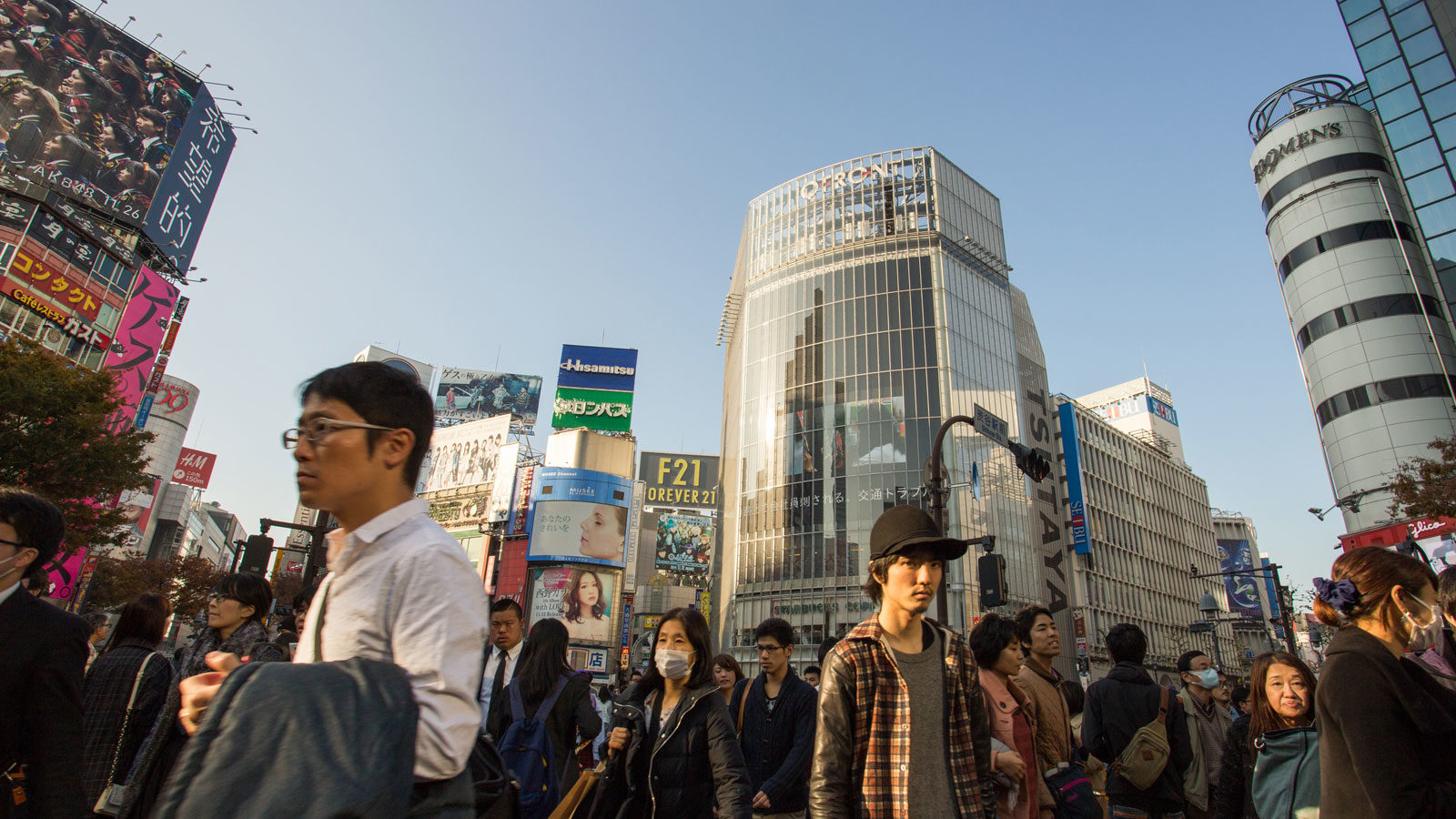Courses & Events
Is Southeast Asia a New Hotbed for Entrepreneurs?
Tuesday, Apr 9, 2013
04:15 pm - 05:30 pm
 By Riva Gold, M.A. Candidate, Department of Communications at Stanford University
By Riva Gold, M.A. Candidate, Department of Communications at Stanford University
If you look at the cell phone you have, the iPad you carry, the car you drive, or the television you watch at home, the majority of them were made in Southeast Asia, says Don Tran, who has co-founded three venture-capitalist funded start-ups. But today’s business opportunities in the region extend far beyond basic manufacturing.
“More and more high-tech companies are coming in,” he says. “It’s not because of cost, but because they are seeing growth of the regional market.” Thanks to years of foreign direct investment, a growing and educated middle class, and improved infrastructure, Tran sees greatly improved prospects over the last few years.
“The economy is up and down, but from the regional standpoint, we see more positive, we see growth, we see things changing for the better,” he said. “Just a few years ago, there was no such thing as credit-card use in Vietnam, and today we have e-commerce.”
In Thailand, a series of crises and political issues have stalled progress, but improved infrastructure and ASEAN integration show promising signs.
Speaking on April 9 on a panel at Stanford University, Tran said there is a wealth of investors, institutional and angels, who are willing to invest in companies that want to do business based out of the region.
While Tran’s own company works directly with manufacturers, the possibilities for new businesses in the region expand far beyond traditional manufacturing sectors. Across Southeast Asia, he says, there are 600 million people forming a huge internal market.
Tran says as people get richer, they can afford to buy things like cars and electronics, especially in the mobile realm. Internet penetration, he says, is a poor metric to get a complete picture of the market. “You need to talk about wireless, you need to talk about mobile.” In many areas, it’s more expensive to install landlines than to get cell phones. “A lot of people are betting on mobile for social media users,” he said, noting that Facebook has done well in Southeast Asia, and Instagram has seen great success in Thailand.
Of course, warns Dr. Edward Rubesch, a faculty member in the Business School at Thammasat University, “there are some things you can do without mobile phone apps.” He works with a range of local start-ups, including a breast-milk bank in Thailand.
Rubesch says entrepreneurs in developing countries are more innovative than entrepreneurs in Silicon Valley, simply because they have to be in order to survive. There isn’t an established path for raising funds or making connections.
“There’s no doubt products and services coming out of Silicon Valley are innovative,” he says, but “all the steps are in place. You know who to talk to, where to talk.” In a sense, he likens the process of being a Silicon Valley entrepreneur to being on a flow chart with no way out.
When it comes to the process of being an entrepreneur itself, “I think there’s a danger even in a place like Silicon Valley. “The world is designed to follow a recipe,” he says, “but you really want to be the person creating the recipe.”
“In developing countries, it’s the opposite,” he says. As an entrepreneur in places like Thailand, “you’re in the woods. You have to find your own way.” Rubesch says the difficulty of this path for entrepreneurs means that the products developed are often more mundane or basic.
“We’re trying to break people out of the contract manufacturing mentality,” he says, and teach people to not only embrace the unknown, but to “fear the known.”
“You want to avoid competition and find the places where you’re alone,” he said. “You should fear the place where hundreds of thousands are doing the same thing.” If you produce basic manufactured goods, you compete on cost alone.
While entrepreneurs across Southeast Asia ask themselves how to model themselves after Silicon Valley, will Silicon Valley’s own entrepreneurs learn something by straying from their path?
For additional details about our 2013 distinguished public seminar series on “Entrepreneurship in Asian High-Tech Industries”, please click on the following link.
To review this blog in Japanese, kindly click on the following link.
Details
Tuesdays, 4:15 – 5:30 pm, April 2, 2013 – June 4, 2013
Free to the Public
Stanford University, Skilling Auditorium (Directions »)
Instructor: Richard Dasher (rdasher [at] stanford [dot] edu)
Course Assistant: Tiphanie Gammon (gammontd [at] stanford [dot] edu)
Weekly Lecture Slides will be available after each session.
To view our weekly videos online, please click on the following link.
Subscribe to our mailing list to receive regular updates about our weekly sessions as well as a full listing of our affiliate partner events and programs.
Follow @AsiaTechSU and #EE402T on Twitter for a live feed of our discussions.
** Stanford students: This seminar series will be offered as 1-unit course to Stanford students. Register in Axess under EE402T.
